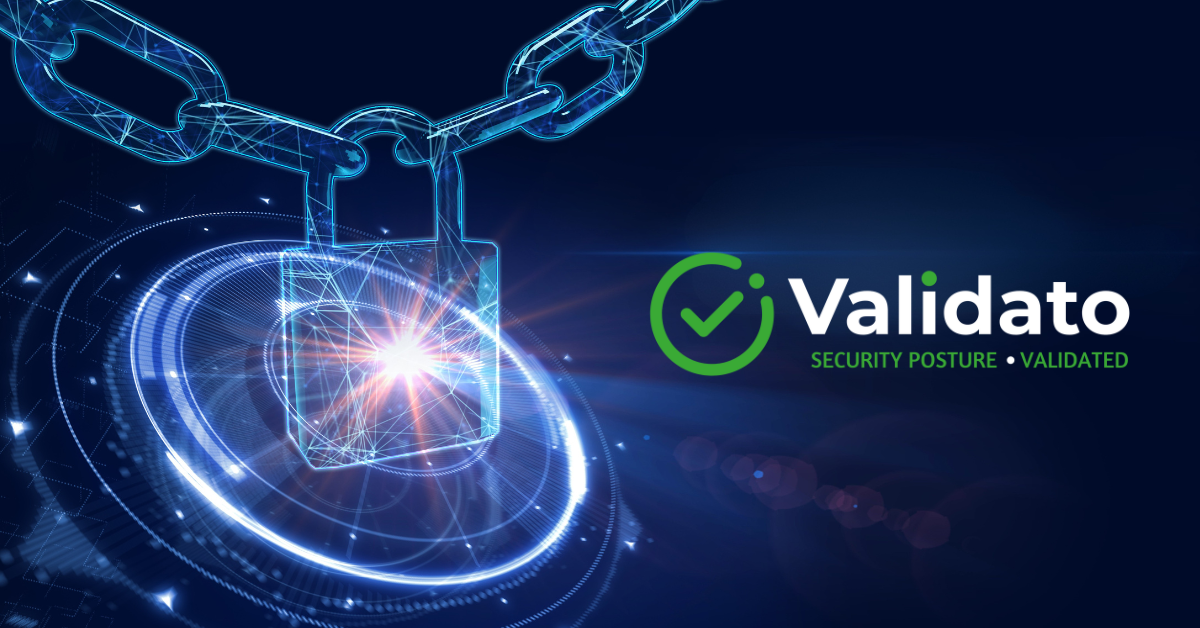Navigating the Cybersecurity Landscape with CTEM
Business leaders face mounting pressure to make informed cybersecurity investment decisions with limited budgets. Cyber Threat Exposure Management (CTEM) has emerged as a critical approach for bridging the gap between security operations and business decision-making, providing evidence-based insights that drive strategic planning.
Key Takeaways:
- CTEM provides data-driven visibility into actual security gaps by simulating real-world attacks
- Business leaders gain quantifiable evidence to make informed cybersecurity investment decisions
- CTEM transforms technical security findings into actionable business intelligence
- Organizations can more effectively align security controls with compliance requirements
- Continuous validation through CTEM builds greater business resilience against emerging threats
What is CTEM and Why Does It Matter?
Cyber Threat Exposure Management (CTEM) is a proactive approach to understanding and managing an organization’s vulnerability to cyber attacks. Unlike traditional assessments, CTEM provides evidence-based validation by simulating real-world attack techniques based on the MITRE ATT&CK framework.
| Traditional Security Assessment | CTEM Approach |
|---|---|
| Theoretical evaluations | Evidence-based validation |
| Abstract security concepts | Concrete, measurable exposures |
| Idealized security posture | Actual security posture |
CTEM matters because it shifts cybersecurity from abstract concepts to concrete, measurable exposures. By using automated security validation, organizations gain accurate visibility into their actual security posture, particularly valuable for businesses in regulated industries that must demonstrate effective controls for frameworks like NIS2, DORA, and UK CSRA.
This systematic approach helps identify excessive user privileges, misconfigurations, and security gaps across environments that could remain undetected until an actual breach occurs.
CTEM’s Role in Risk Assessment
Traditional risk assessment often relies on subjective evaluations and generic vulnerability scans that produce overwhelming lists with little context about actual exploitability. CTEM transforms this process by providing data-driven insights based on simulated attacks that attempt to exploit specific security misconfigurations.
- Evidence-Based: Risk assessments become grounded in empirical evidence rather than assumptions
- Specific Scenarios: Transforms vague risk statements into verifiable scenarios
- Prioritized Remediation: Focuses limited resources on the most critical vulnerabilities first
- Accurate Calculations: Enables precision in business risk calculations
By identifying which security controls are working effectively and which are failing, CTEM ensures organizations address actual exposure rather than perceived threats.
From Security Data to Business Insights
One of the most significant challenges in cybersecurity is translating technical findings into information that business leaders can use for strategic decision-making. CTEM bridges this gap by converting complex security validation results into meaningful business metrics and actionable intelligence.
| Technical Finding | Business Insight |
|---|---|
| Local administrator privilege exposure | Potential impact on business operations if systems are compromised |
| Undetected lateral movement | Risk to critical business assets and data |
| Security control effectiveness rate | Return on cybersecurity investments |
| Detection gaps for key attack techniques | Areas requiring additional investment or configuration |
These insights enable executives to make more informed decisions about resource allocation, technology investments, and security programme priorities, quantifying security control effectiveness to justify investments and demonstrate business value.
Regulatory Compliance Through Threat Validation
Regulations such as NIS2, DORA, and UK CSRA require organizations to implement effective security controls and demonstrate their ability to protect against cyber threats.
Traditional Compliance Approach
- Point-in-time assessments
- Checkbox compliance methods
- Focus on having controls in place
CTEM Compliance Approach
- Continuous validation
- Evidence-based control effectiveness
- Focus on security effectiveness
By documenting threat simulation results and control validations, organizations build comprehensive evidence demonstrating compliance efforts, reducing the risk of penalties and enhancing their ability to demonstrate due diligence to regulators.
Optimizing Cybersecurity Spending with CTEM
In an era of constrained budgets, organizations need to maximize cybersecurity investment returns. CTEM helps optimize spending by identifying which security controls effectively protect against real threats and which may be redundant or ineffective.
This data-driven approach to security investment enables organizations to:
- Target spending on addressing actual security gaps rather than perceived vulnerabilities
- Reduce unnecessary expenditure on controls that aren’t delivering value
- Validate the effectiveness of existing security investments
- Build business cases for additional security resources based on evidence
Validato’s approach to security controls validation provides a cost-effective alternative to traditional penetration testing, enabling more frequent validation at a fraction of the cost as threats and system configurations evolve.
Overcoming Common Security Validation Challenges
Organizations face numerous obstacles when validating their security posture, including skills gaps, resource constraints, and modern threat complexity. CTEM addresses these challenges through automated, safe testing capabilities that don’t require specialized offensive security expertise.
| Challenge | CTEM Solution |
|---|---|
| Cybersecurity skills gap | Automated testing without requiring specialized expertise |
| Resource constraints | Efficient testing that reduces manual effort |
| Complexity of remediation | Guided, actionable remediation instructions |
CTEM’s guided remediation approach provides clear, actionable information on addressing identified vulnerabilities, helping security teams efficiently resolve issues without extensive research or specialized knowledge.
Building Business Resilience Through CTEM
Beyond improving specific security controls, implementing a CTEM program contributes to overall business continuity and resilience. By adopting a threat-informed defense approach, organizations align their security programmes with actual threats, ensuring preparation for the most likely attack scenarios.
- Focused Protection: Defend critical assets against relevant threats rather than every possible vector
- Confidence Building: Evidence-based security posture enables informed business decisions
- Business Enablement: Transforms cybersecurity from cost center to business enabler
- Long-term Resilience: Supports informed decision-making across the enterprise
Regular validation through CTEM builds confidence in the organization’s security posture, enabling leadership to proceed with business initiatives that might otherwise be delayed due to security concerns, providing a solid foundation for growth and innovation.
If you’re interested in learning more, contact our expert team today.


